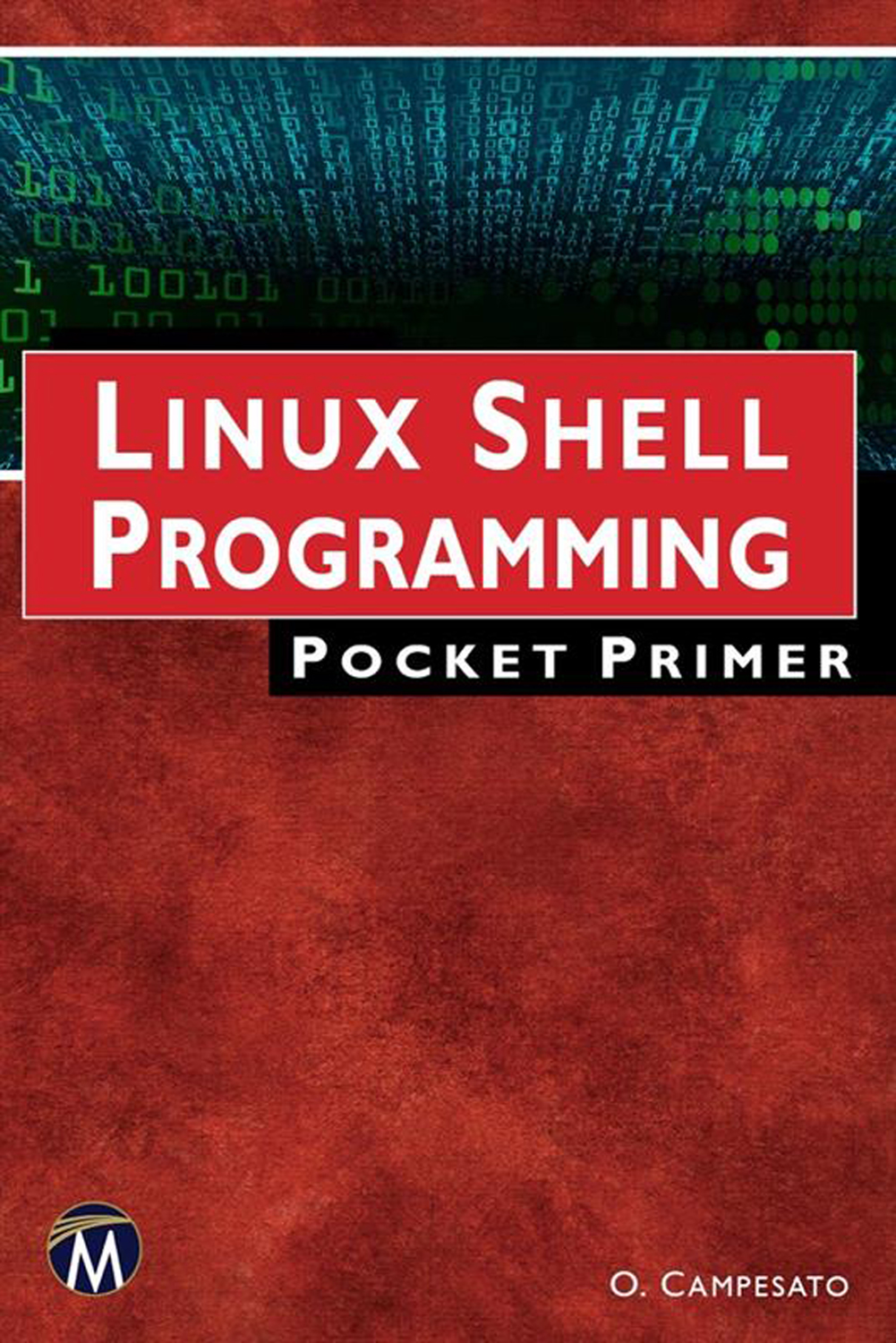

Most ebook files are in PDF format, so you can easily read them using various software such as Foxit Reader or directly on the Google Chrome browser.
Some ebook files are released by publishers in other formats such as .awz, .mobi, .epub, .fb2, etc. You may need to install specific software to read these formats on mobile/PC, such as Calibre.
Please read the tutorial at this link: https://ebookbell.com/faq
We offer FREE conversion to the popular formats you request; however, this may take some time. Therefore, right after payment, please email us, and we will try to provide the service as quickly as possible.
For some exceptional file formats or broken links (if any), please refrain from opening any disputes. Instead, email us first, and we will try to assist within a maximum of 6 hours.
EbookBell Team

4.1
20 reviewsThe goal of this book is to introduce readers to an assortment of powerful command line utilities that can be combined to create simple, yet powerful shell scripts. While all examples and scripts use the “bash” command set, many of the concepts translate into other forms of shell scripting (ksh, sh, csh), including the concept of piping data between commands, regular expression substitution and the sed and awk commands. Aimed at a reader relatively new to working in a bash environment, the book is comprehensive enough to be a good reference and teach a few new tricks to those who already have some experience with creating shells scripts. The book features companion files with code samples from the book (available with Amazon proof of purchase for free downloading from the publisher by writing to [email protected]).
Features
+Covers extensive topics, code samples, and scripting utilities
+Includes material on piping data between commands, regular expression substitution, cleaning datasets, and the sed and awk commands
+Features companion files with code samples from the book (available with Amazon proof of purchase for free downloading from the publisher by writing to [email protected])
Table of Contents
1: Introduction. 2: Files and Directories. 3: Useful Commands. 4: Conditional Logic and Loops. 5: Filtering Data with grep. 6: Transforming Data with sed. 7: Doing Everything Else with awk. 8: Introduction to Shell Scripts and Functions. 9: Shell Scripts with the grep and awk Commands. 10: Miscellaneous Shell Scripts. Index.